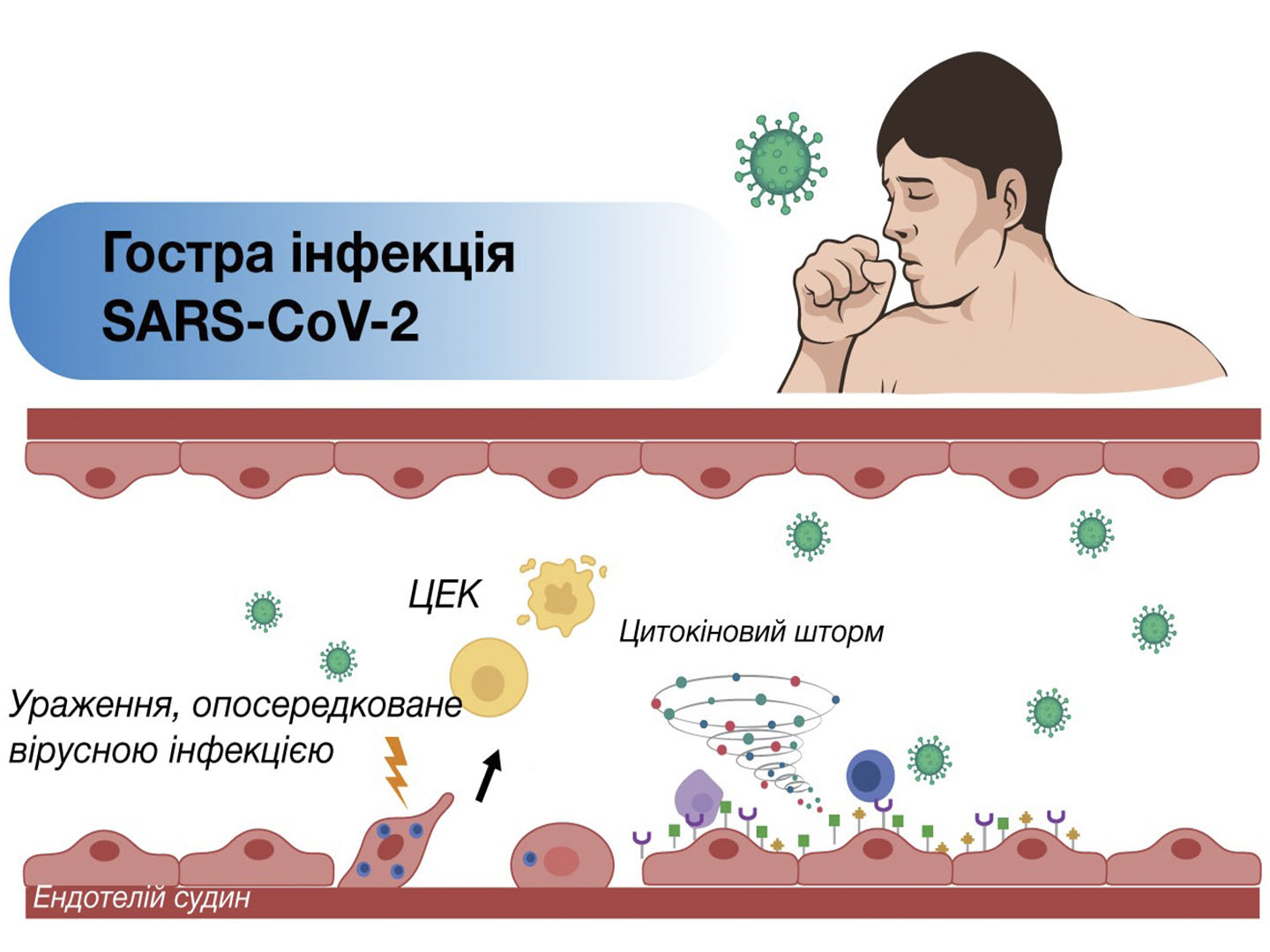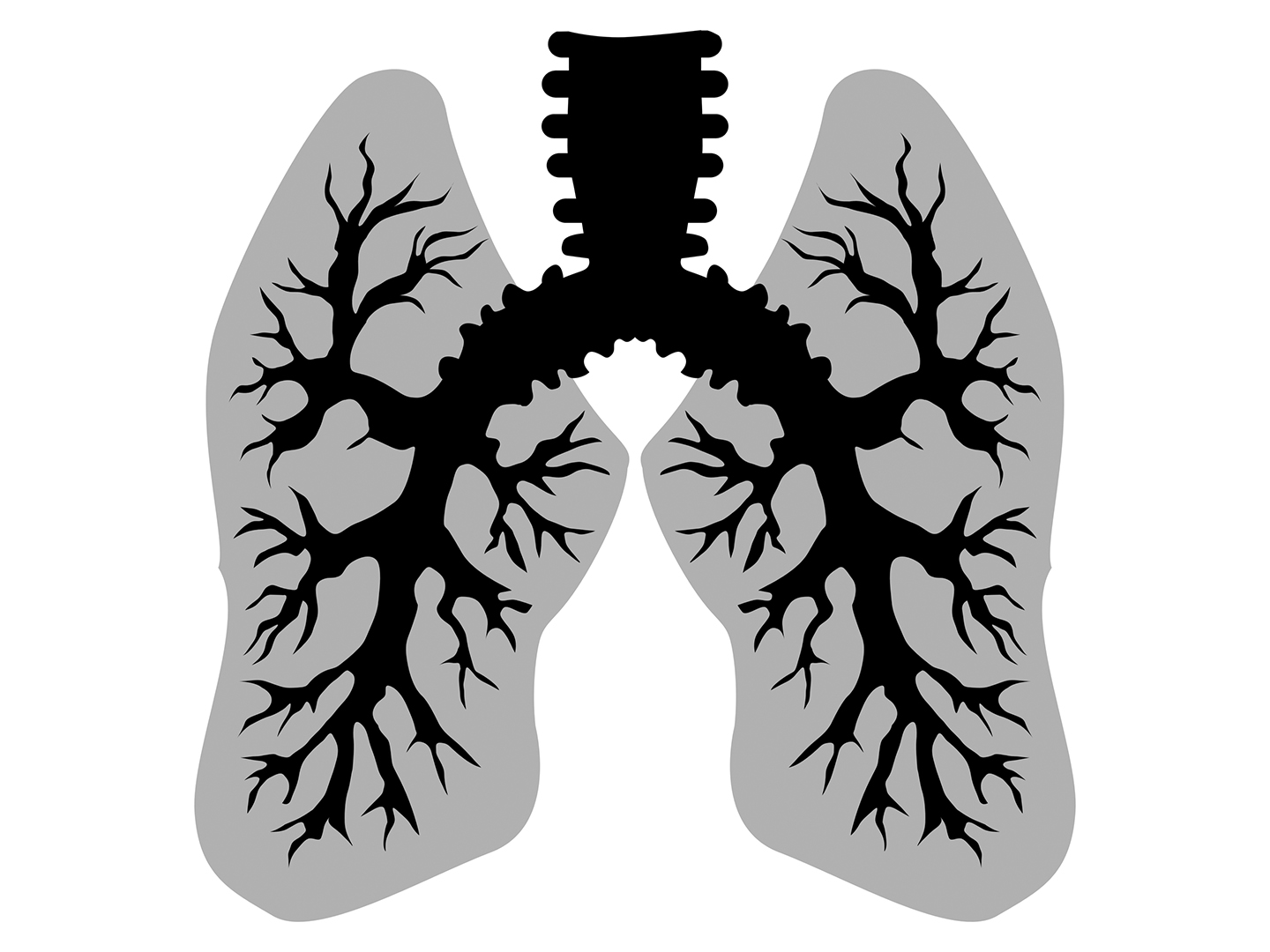L-Arginine in coronary heart disease: the research continues
National Medical University named after A.A. Bohomolets, the Department of Internal Medicine No. 2 (the Head of Department – Amosova E.N.), Kyiv, Ukraine
Atherosclerosis and coronary heart disease (CHD) are the chief causes of mortality in the developed countries. Almost entire adult population of these countries suffers from atherosclerosis. One of its most dangerous manifestations is CHD. According to current statistics, CHD-associated mortality is 48.5% of the overall cardiovascular mortality, occupying the first place [4]. Clinical and epidemiological studies that have been conducted in Ukraine indicate that the incidence of CHD over the past 20 years is stable at 12.4-13.1% and is steadily increasing with age. Already at the age of 30–39 years all forms of CHD can be found; in the age segment of 40–49 years, every 10th individual has signs of this disease, with the proportion increasing to every 4th individual over 50 years of age. A similar situation is observed with stable angina as one of the forms of CHD. The results of numerous studies demonstrate that the prevalence of angina also has a trend to increase with age: from 0.1–1% at the age of 45–54 years to 10–15% at the age of 65–75 years in females; from 2–5% at the age of 45–54 years to 10–20% at the age of 65-75 years in males [11, 17]. These data are consistent with the results of Framingham study, according to which the prevalence of CHD at the age of 55–62 years is 18% in males and 13% in females [2].
The main treatment objective in patients with chronic forms of CHD is improving quality of life by reducing the frequency of angina attacks, prevention of myocardial infarction and improving survival rates. The treatment of such patients is performed in accordance with the updated guidelines, which are based on the provisions of evidence-based medicine [10, 11]. Apart from lifestyle modifications, the program of treatment in patients with stable angina should include administration of beta-blockers (in poor tolerability of the latter or in contraindications calcium channel blockers should be used), acetylsalicylic acid 75 mg daily (in poor tolerability or in contraindications to the use of the latter, clopidogrel should be used instead of acetylsalicylic acid), statins (in elevated levels of total cholesterol) and prolonged release nitrates (in lack of overall therapeutic efficacy).





